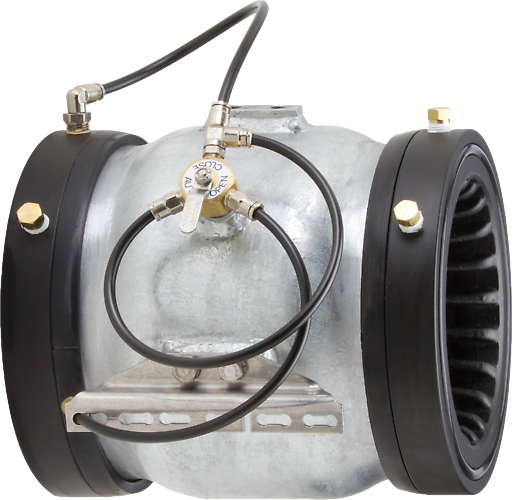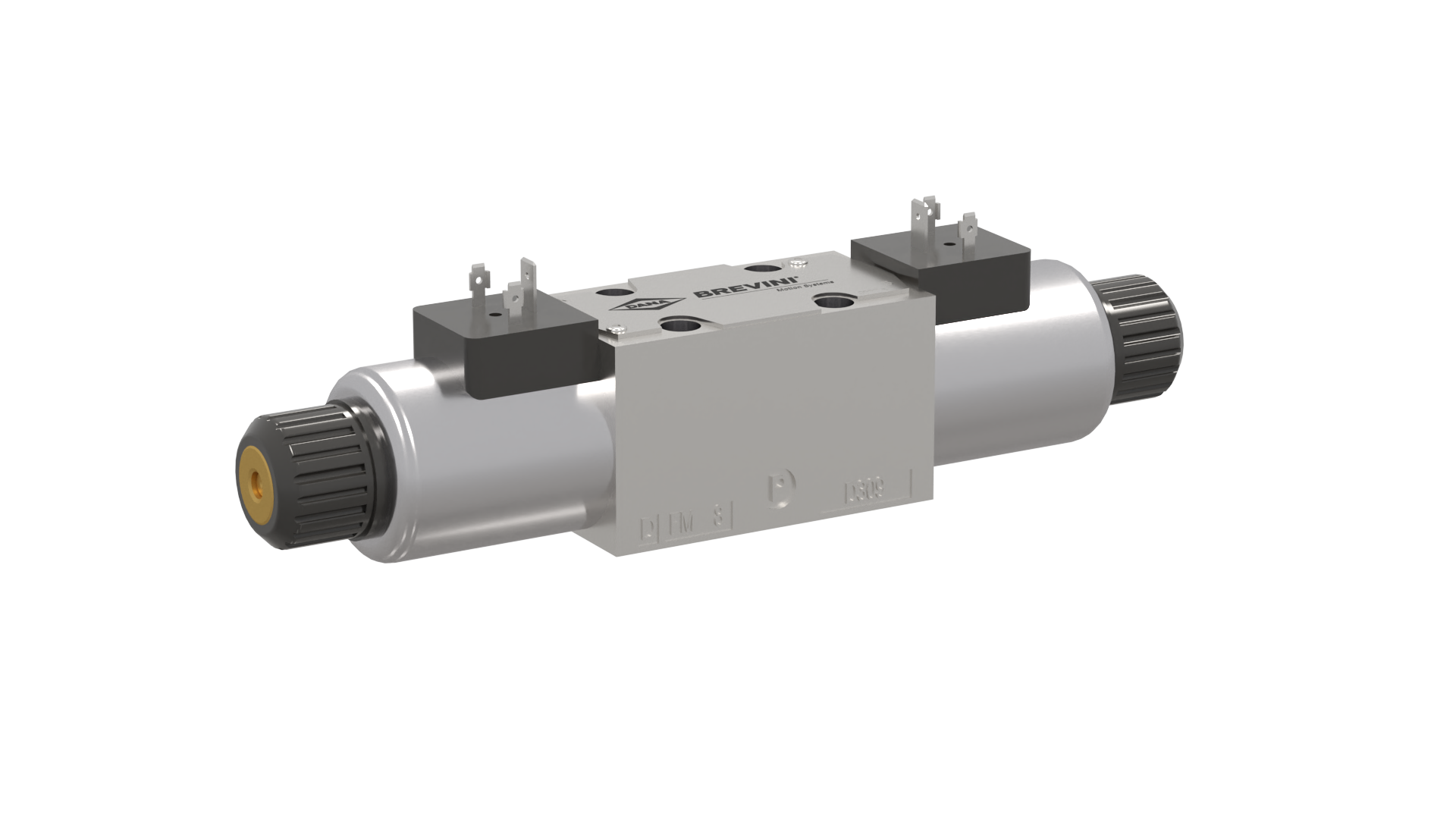Enhancing System Control with High-Performance Control Valves
Wiki Article
Achieve Seamless Combination and Control With High Quality Building Automation Controls
In the realm of modern structure monitoring, the significance of high quality structure automation controls can not be overemphasized. Embracing top quality building automation controls is not merely a matter of ease but a calculated imperative for organizations intending to optimize their centers' efficiency and sustainability.
Development of Building Automation Controls
Throughout the past couple of decades, the development of developing automation controls has dramatically changed the method structures are handled and operated. Developing automation systems largely focused on fundamental functions such as controlling air, air flow, and home heating conditioning (HVAC) systems. As modern technology advanced, these controls have actually become extra advanced, enabling for a wider array of building systems to be integrated and handled centrally.The development of constructing automation controls has seen a shift in the direction of even more smart systems that can adapt to changing problems in real-time. This adaptability is essential for maximizing power performance and guaranteeing passenger convenience. In addition, modern-day building automation controls currently offer functions such as anticipating upkeep, remote surveillance, and data analytics, allowing center supervisors to make data-driven decisions to enhance structure efficiency.

Benefits of Top Quality Integration
The development in building automation controls in the direction of even more smart systems has highlighted the significant advantages of top quality integration in optimizing structure operations and boosting overall performance. This centralized control likewise provides far better exposure and understandings right into structure efficiency, allowing aggressive upkeep and optimization methods. Overall, the advantages of top quality integration in building automation controls are obvious, providing raised effectiveness, convenience, and operational effectiveness.Improved Customer Experience and Accessibility
Enhancing individual communication with structure automation controls through user-friendly layout and boosted ease of access elevates the total experience for passengers and facility managers alike. By concentrating on individual experience, building automation systems can come to be extra efficient and straightforward. Instinctive user interfaces, clear navigation, and customizable settings encourage users to interact with the controls conveniently and effectively.Availability features play an essential role in ensuring that all people, consisting of those with specials needs, can make use of the structure automation manages easily. Including features such as voice commands, responsive buttons, and color-contrasted display screens can enhance accessibility and make the controls more inclusive.
Furthermore, improved customer experience causes higher individual fulfillment, discover this enhanced performance, and better decision-making. Passengers can change ecological setups according to their preferences, while facility supervisors can effectively handle and check building systems - control valves. Overall, prioritizing user experience and access in structure automation controls adds to an extra effective and seamless structure setting for all stakeholders entailed
Lasting Practices Through Automation

In addition, automation can assist in the assimilation of eco-friendly energy sources such as solar panels or wind generators into building procedures. With automation, structures can line up with modern sustainability objectives and add to a greener future.
Future Trends in Structure Control Equipment
In expectancy of progressing technologies and developing sustainability methods, the trajectory of building read more control systems is positioned to accept ingenious solutions and transformative techniques. One famous trend shaping the future of structure control systems is the enhanced assimilation of Expert system (AI) and artificial intelligence. These innovations enable structures to adjust in real-time to transforming problems, enhancing power usage and improving convenience for owners. In addition, the Internet of Things (IoT) is revolutionizing structure control systems by attaching gadgets and sensing units to enhance and simplify procedures Read Full Article performance.
Another vital trend is the emphasis on cybersecurity steps to shield against possible dangers to building automation systems. As buildings become more interconnected, making sure durable cybersecurity protocols will be crucial to secure delicate data and prevent unauthorized gain access to.
Furthermore, the change in the direction of cloud-based systems is getting energy, enabling systematized control and remote access to building systems. This helps with simpler surveillance, upkeep, and updates, enhancing the general efficiency and versatility of structure control systems. As modern technology proceeds to development, these trends are anticipated to form the future landscape of building automation controls, driving development and sustainability in the built atmosphere.
Final Thought
Finally, constructing automation controls have actually developed substantially, providing countless advantages such as enhanced individual experience, ease of access, and lasting methods. Quality integration plays a vital function in attaining seamless control and reliable procedure of building systems. Future patterns in building control systems are most likely to concentrate on more enhancing automation abilities for enhanced power efficiency and total efficiency. It is necessary for building proprietors and operators to focus on the adoption of top quality structure automation controls to maximize structure procedures and achieve long-term sustainability goals.In the world of modern-day building management, the value of top quality building automation controls can not be overemphasized. On the whole, the evolution of building automation controls proceeds to drive technology in the building management industry, offering brand-new possibilities for creating smarter and a lot more lasting structures.
The development in building automation controls in the direction of more smart systems has highlighted the considerable benefits of high quality assimilation in enhancing building procedures and boosting general effectiveness. Overall, prioritizing user experience and ease of access in building automation manages contributes to an extra productive and seamless structure setting for all stakeholders included.
It is necessary for building owners and operators to prioritize the fostering of high quality building automation regulates to enhance building operations and accomplish long-lasting sustainability objectives. - control valves
Report this wiki page